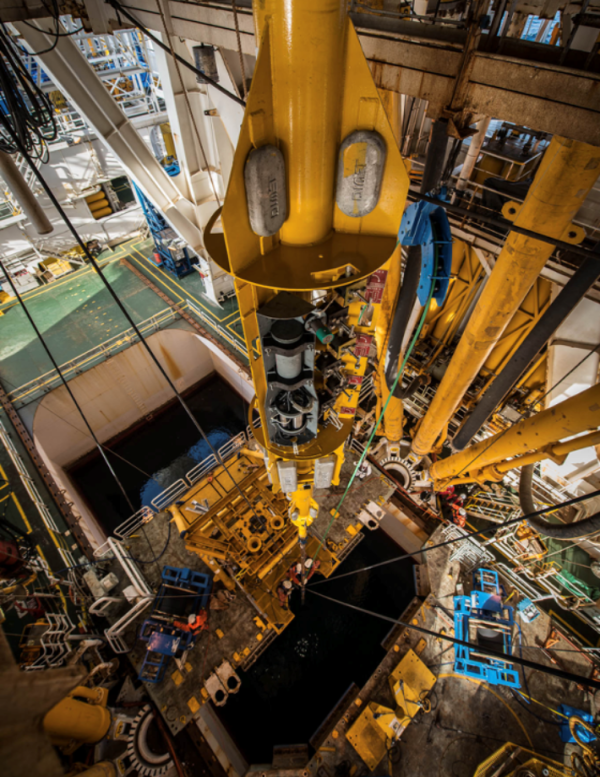Earthquakes in slow motion? Breakthrough tech detects slow slip earthquakes

Breakthrough tech used to detect a slow-slip earthquake on Japan's Nankai fault is now being used along New Zealand’s Hikurangi Subduction Zone.
The Hikurangi Subduction Zone off the east coast of New Zealand has numerous slow slip events and is capable of generating large earthquakes. By using the borehole sensor technology, we can better understand slow slip events and be better prepared and resilient as a nation.
Findings from the Nankai fault suggest that re-occurring slow slip earthquakes are harmlessly releasing pent-up energy.
"It's like a ripple moving across the plate interface" Josh Edgington, University of Texas Institute for Geophysics.
Slow slip earthquakes
Slow slip earthquakes are slow-motion seismic events that take days or weeks to unfold. They are a relatively new scientific discovery and are thought to be an important process for accumulating and releasing stress as part of the earthquake cycle. New information gleaned from the Nankai Fault appears to confirm that theory.
Researchers understand the location where activity is generated is also important, finding that the part of the fault nearest the surface releases tectonic pressure independently of the rest of the fault.

Sensors and observation instruments being lowered into a borehole off the coast of Japan nearly 1,500 feet below the seafloor
Next steps
Data results from the sensors in the Hikurangi Subduction Zone are expected to be published in a paper later this year. Armed with that knowledge, scientists can begin to probe other regions of the fault to better understand the overall hazard it poses. The knowledge is also vital for understanding other faults.
